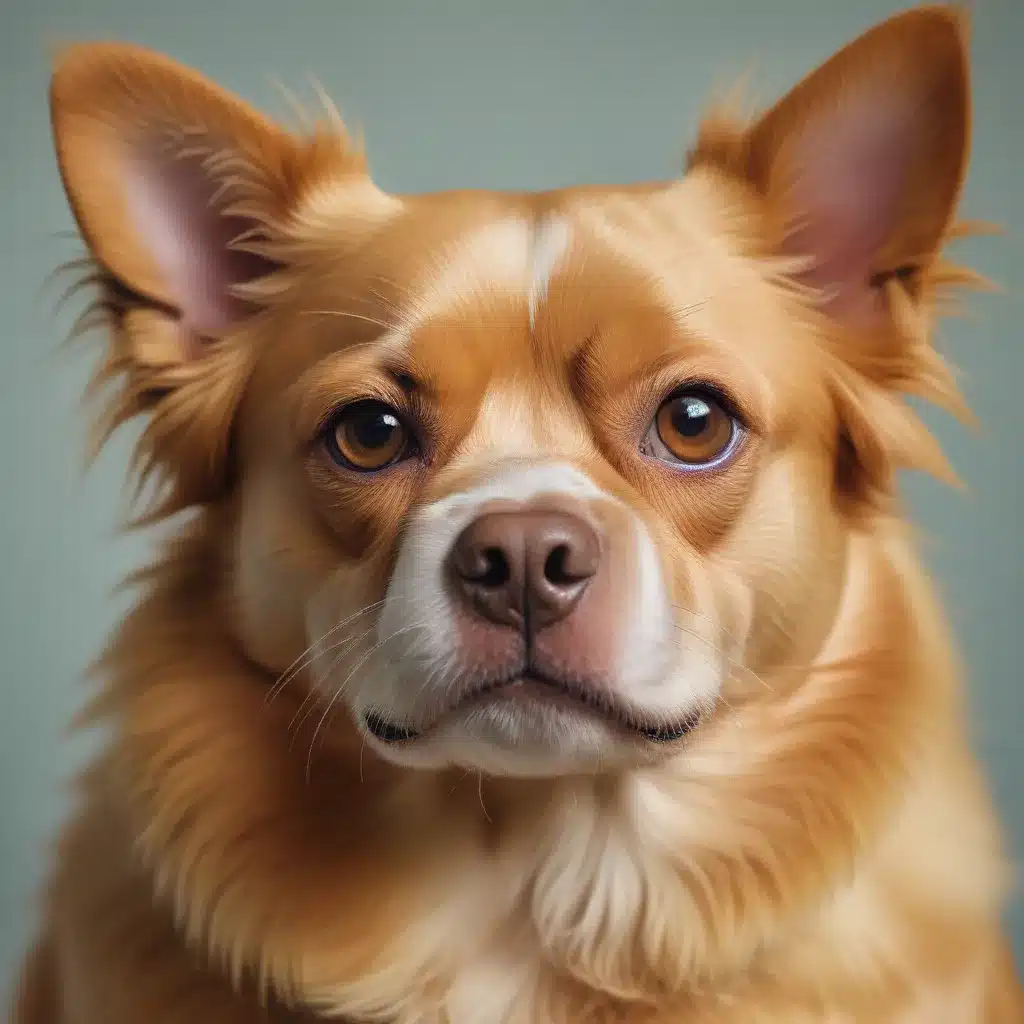
As an artist, few things are more rewarding than capturing the unique essence and personality of a beloved pet through a portrait. Whether you’re working with pencils, paints, or a mixed media approach, the ability to breathe life into an animal subject and evoke an emotional response from the viewer is a true mark of creative mastery. At the heart of this skill lies a deep understanding of colour theory – the foundational principles that govern how we perceive and combine hues to achieve captivating visual effects.
Chromatic Exploration
When it comes to painting pets, a rich, vibrant colour palette is essential for conveying the spirit and character of your subject. This starts with a thorough grasp of colour harmony – the relationships between different hues that create a sense of balance and cohesion. Exploring the circle of complementary colours (those directly opposite each other, like blue and orange or red and green) can yield striking contrasts that make your pet’s features pop. Alternatively, working with analogous colours (adjacent hues on the colour wheel, like yellow and green or purple and blue) can produce a more soothing, harmonious aesthetic.
Beyond simple colour pairings, the relative saturation and intensity of your palette also plays a crucial role. Bright, highly saturated colours can lend an energetic, vivid quality, while muted, desaturated tones create a more subtle, atmospheric feel. Balancing warm and cool hues is another key consideration, as this can dramatically shift the mood and evoke different emotional responses from the viewer. A combination of these techniques allows you to craft colour schemes that beautifully capture the essence of your furry, feathered, or scaly subject.
Vibrant Palettes in Practice
When painting a pet portrait, it’s important to experiment with a variety of colour combinations to find the one that best suits your subject’s personality. For example, a playful, energetic dog might lend itself well to a palette of high-intensity, complementary colours like royal blue and fiery orange. Alternatively, a serene, contemplative cat could be rendered with a more harmonious selection of muted, analogous greens and blues. By thoughtfully considering how different colours interact and the emotional responses they evoke, you can craft a visually striking composition that truly brings your pet to life.
One versatile technique is to start with a limited colour palette and gradually build up layers of paint, introducing new hues as needed. This allows you to maintain a cohesive, harmonious feel while still exploring a dynamic range of tones and textures. You might begin with a base of warm earth tones, then gradually incorporate pops of vibrant colour in the subject’s eyes, fur, or other key details. By carefully balancing your palette, you can create a sense of depth, movement, and captivating visual interest.
Expressive Compositions
Beyond simply choosing the right colours, the way you arrange them within your composition is equally crucial for conveying your pet’s personality. Asymmetrical layouts and dynamic, off-centre focal points can lend an energetic, spontaneous quality, while symmetrical, balanced designs evoke a more serene, contemplative vibe. Paying attention to the negative space around your subject – the areas of the canvas that are left untouched – can also subtly guide the viewer’s eye and amplify the emotional impact of your piece.
The lighting and atmosphere you create in your pet portrait can also have a profound effect on the overall mood. Dramatic, high-contrast lighting with bold shadows and highlights can lend an air of intensity and drama, while soft, diffused illumination creates a more gentle, intimate feel. Experimenting with different lighting scenarios, both in your reference imagery and in your painting process, can open up a world of creative possibilities.
Drawing Foundations
Of course, no discussion of pet portraiture would be complete without addressing the fundamentals of pencil drawing. Accurate, expressive sketches form the foundation for truly captivating paintings, allowing you to capture the unique anatomical details and personality of your subject. Mastering techniques like shading, blending, and rendering fur, feathers, or scales is essential for bringing your pet to life on the page.
Start by carefully observing the proportions and forms of your subject, paying close attention to the relationships between different elements. Use a variety of pencil strokes – from loose, gestural lines to methodical, detailed cross-hatching – to suggest the textures and forms of your pet. Experiment with value studies to map out the play of light and shadow, which will inform your subsequent painting process.
Bringing it all Together
By combining a deep understanding of colour theory, thoughtful compositional choices, and strong drawing fundamentals, you can create pet portraits that are not only technically impressive but also emotionally resonant. Whether you’re working in pencil, paint, or a mixed media approach, the key is to continuously experiment, observe, and refine your skills. Regularly studying reference imagery, practising new techniques, and challenging yourself to step outside your comfort zone will be instrumental in helping you develop a distinctive, captivating artistic style.
Ultimately, the most successful pet portraits are those that go beyond mere surface-level representation and tap into the profound connection between humans and animals. By masterfully blending technical expertise with creative expression, you can craft paintings that not only capture the physical likeness of your subject but also convey its unique spirit and personality. So pick up your pencils, paints, or mixed media tools, and let your creative exploration of chromatic captivation begin!
Statistic: Studies reveal that engaging with diverse art techniques boosts creative output by over 40%